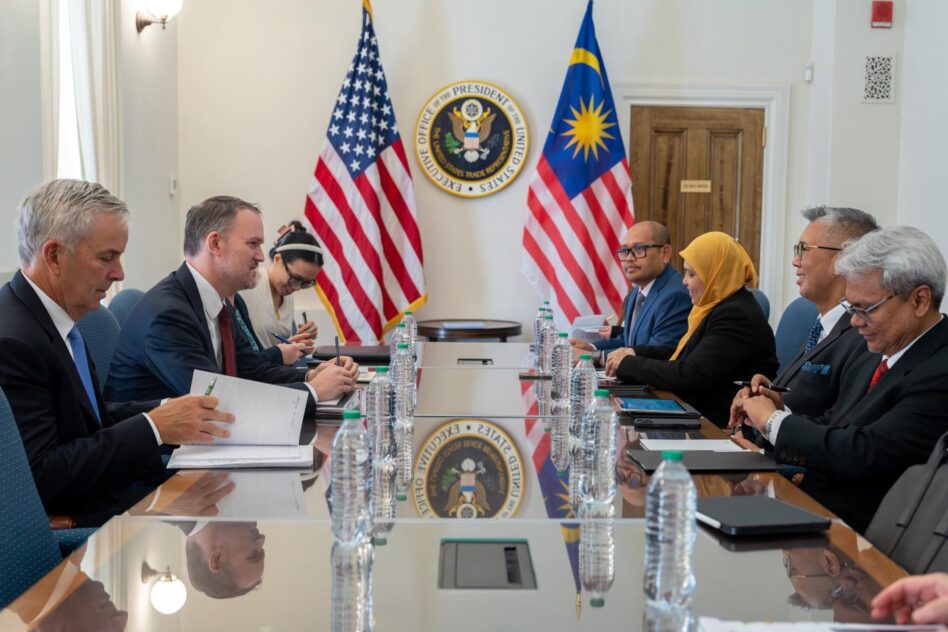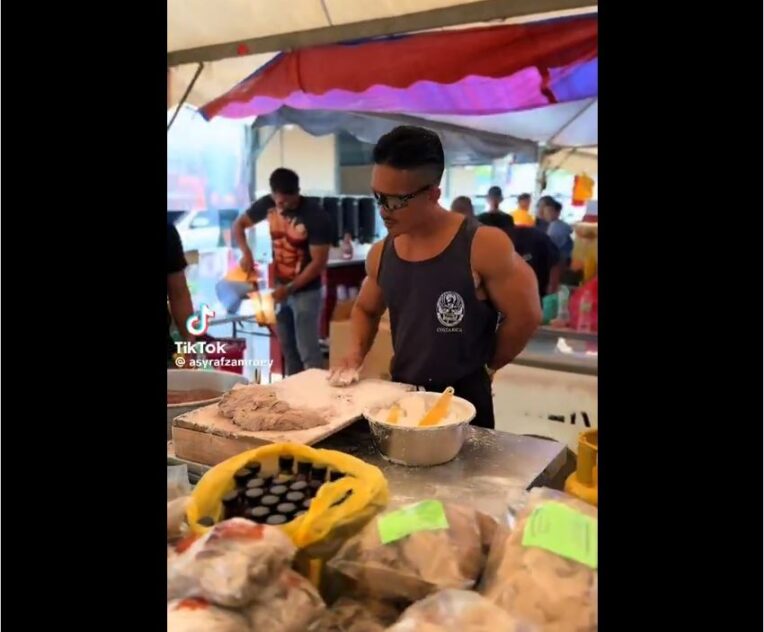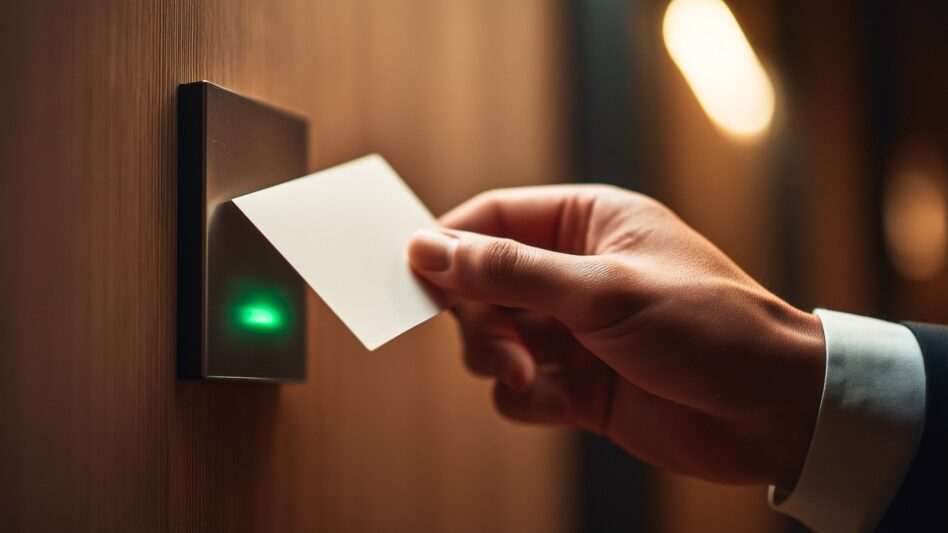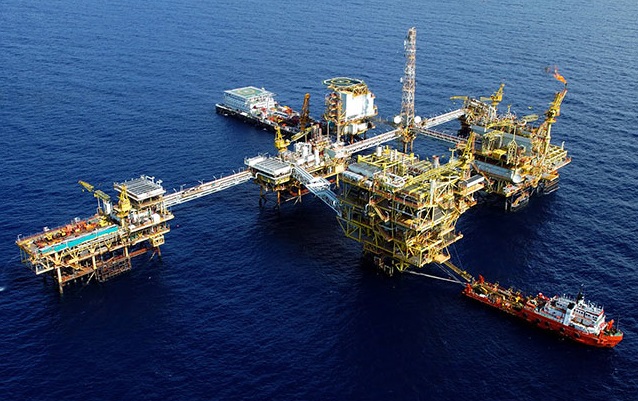By Julian Tan
BY all accounts, AirAsia CEO Tan Sri Tony Fernandes is as charismatic as one gets, with a solid track record in building a low-cost airline from scratch and taking it, and the company’s valuation, to the skies.
In a recent interview, he was optimistic that AirAsia will be among the first airlines in the region to spring back from the COVID-19 pandemic that has battered the travel and aviation industries.
There is little reason to doubt the man who has a knack for knowing which buttons to press when it comes to marketing his company and himself, for that matter.
He is shrewd, reads the market well, and like tycoons in India and China, has embarked on an aggressive diversification plan that has upended the business model, low-cost carrier AirAsia is known for.
AirAsia recently joined the “super app” bandwagon, which extends the services the company offers from just booking flights and travel arrangements to ordering food and groceries, fintech and even helping childless couples conceive via the app’s health platform.
Fernandes must be commended for his courage in diving into waters infested with more established “sharks” like Grab or Foodpanda, which have cemented their positions as some of the region’s leading “super apps”.
Whether Fernandes will be able to turn his fortunes around, like what he did with the country’s first low-cost carrier, or become “food” for the “sharks” remains to be seen.
AirAsia has the edge by virtue of possessing a huge database of travellers who had previously flown on its airlines or used products linked to its associate companies like Tune Protect. But it is one thing to sell travel insurance or hotel packages to those flying on your airline.
It is another to sell them products and services the company is not known for, like food delivery, where there are over a dozen more established players.
AirAsia would then have a tall order making a case for users to switch brand loyalty in a cutthroat industry. The company could take a leaf from its earlier diversification experience, pre-coronavirus outbreak.
It set up a brick-and-mortar restaurant, Santan, in a mall in KL offering a variety of dishes available from its in-flight menu. The venture didn’t seem to have taken off.
The marketing mix of having Malay,Chinese, Thai, Indian and Western cuisines with a dash of airline feel under one roof was not something Malaysians were ready to stomach. Not when Malaysians are spoilt for choice when it comes to culinary pickings and the fact that “airline food” had a negative connotation.
The stakes in Fernandes’ current diversification programme are much higher and analysts want to know if he and his partners like AirAsia co-founder Datuk Kamarudin Meranum are putting their money where their mouth is.
Are they ploughing back into the company money made from the good years, such as the time AirAsia sold off over 100 aircrafts for over US$2.5 bil and leasing the planes back?
Senior airline executives like Fernandes were reportedly taking home some RM1 bil in dividends then. Or the time when seat demands for the low-cost airline was at stratospheric levels?
If Fernandes is the trailblazing entrepreneur he claims to be, he could well put his own money into the current venture which he believes can make the company soar again, and reduce the exposure to other shareholders who have stuck with him through thick and thin. – Jan 29, 2021
Julian Tan is a FocusM editorial contributor.
The views expressed are solely of the author and do not necessarily reflect those of Focus Malaysia.









